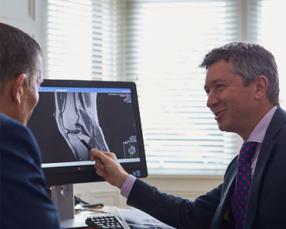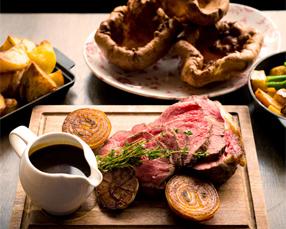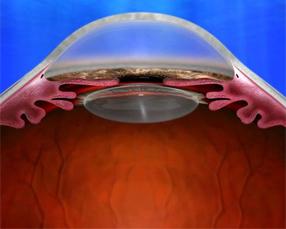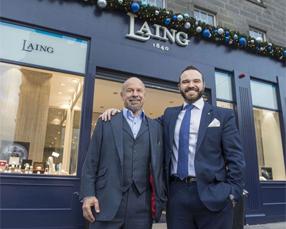The Rebirth of the Dobcross Loom
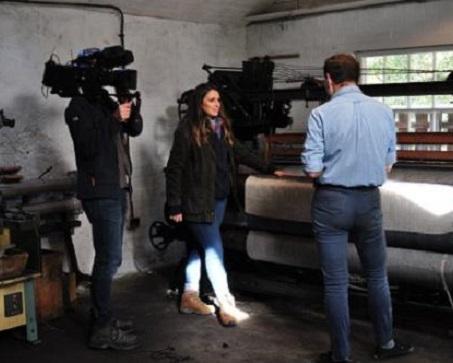
Knockando is home to two historically significant 120 year old Dobcross looms that have been lovingly restored as part of an exciting renovation and investment project at the Mill.
Sitting at two metres high and a hefty 2.5 tons apiece, these historic Dobcross looms are being brought back to full service in a move that will help new generations understand the vital role weaving played in rural Highland life and Scotland’s wider textile industry.
Built during Queen Victoria’s reign, the looms avoided their metal parts being removed to help the war effort, survived a flood and – the biggest threat of all - the arrival of modern technology.
Once in full flight, their hundreds of intricate handmade moving pieces rattle and clatter, the old looms shudder and shake as they consume yard after yard of freshly spun yarn.
Over countless years, Knockando Woolmill helped provide fabric to keep its Speyside community warm and blankets to the War Office for troops on the Western Front during the First World War.
And down the years our two vintage Dobcross looms kept going until they became among the oldest of their kind – the original parts worn with age yet still able to create the most tactile, comforting and colourful of fabrics.
Our Mill team collaborated on the project with Daniel Harris, a leading London-based weaver who creates cloth for designers including Ralph Lauren, Ally Capellino and Hardy Amis. Daniel has been based at the Mill for the last month working on the looms.
“I haven’t seen any Dobcross looms this complete, that are still running on a flatbed overhead loom shaft,” says Daniel. “Even ones of a similar age would have been updated over the years, but these looms are 120 years old and are pretty much as they were when they were made.”
One loom is dated from 1896 with the other an 1899 date-stamped cousin which Daniel has refurbished.
He painstakingly took our 1899 loom apart, inspecting its inner workings and replaced some using parts from our Mill’s collection of spares.
New pieces were also crafted with the help of local engineering firm keen to help in the rebirth of Victorian ingenuity.
Daniel continues: “When you have a mill on the same site for hundreds of years, it tends to collect stuff. There’s probably a couple of tons of spare parts here, which will come in handy when we tackle the 1896 loom as some of its parts have been worn thin from years of use.
Our 1896 loom will be renovated fully over the coming month, it’ll then be moved to a new part of the Mill, which has been specially created to showcase it in all its working glory.
You may well ask what makes these Dobcross looms so important.
Their relevance goes back to when the Scottish and Welsh weaving industry was built around small local mills in often isolated locations. They would run two or three looms in a mill compared to the larger mills, which might have had 300. So, these two or three individual looms were incredibly important to the local communities.
Lady Nicola Irwin, Chairman of the Knockando Woolmill Trust has been closely involved in steering the project, she adds: “There really is no point having a mill unless the machines are working. Watching the looms at work is extraordinary. These are special machines that we want to keep alive. These are what people who visit a mill want to see.
“The mill isn’t just important here in the northeast of Scotland,” she adds. “It is an important part of the weaving history of the world. Whilst modern machinery has helped to make weaving production more efficient, the traditional methods of weaving, warp and weft, which is the practise of turning yarn or wool into fabric – haven’t changed over the centuries.
“The restoration project is significant as it enables everyone from textile weavers and students to designers and the general public to witness first hand our centuries-old looms from the 1800s still producing cloth using unchanged, time-honoured methods.
Daniel concludes: “Seeing these looms running alongside the modern looms is so important. So many people have lost touch with where clothes come from. They don’t understand the volume of work that goes into it. It’s only when you see it can you appreciate what’s involved.
Knockando lets people see the entire process, from what wool looks like it when it just came off a sheep through to things being woven.
“That’s pretty incredible.”




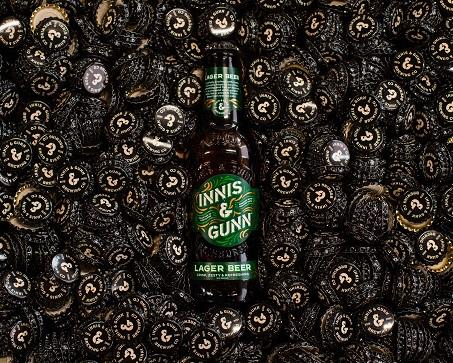


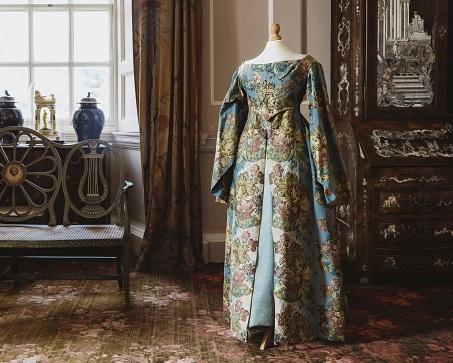



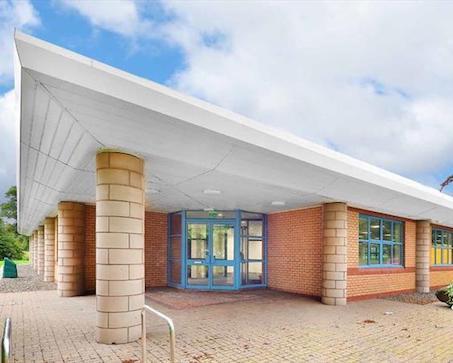
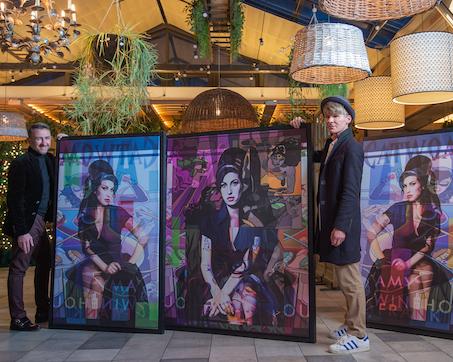

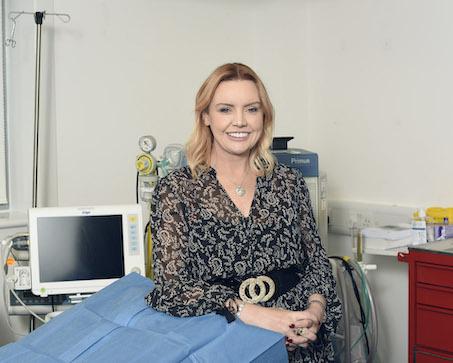


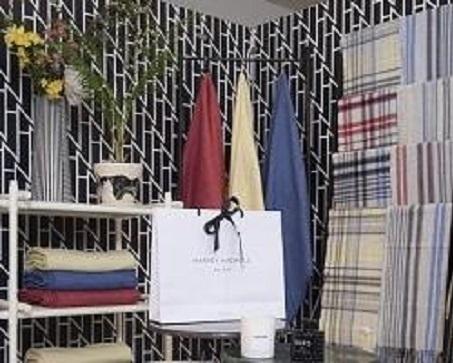
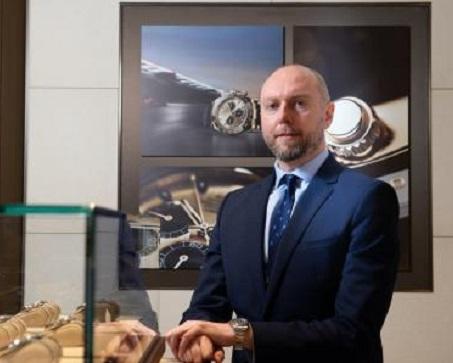
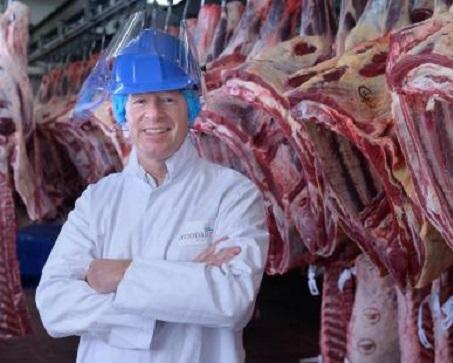




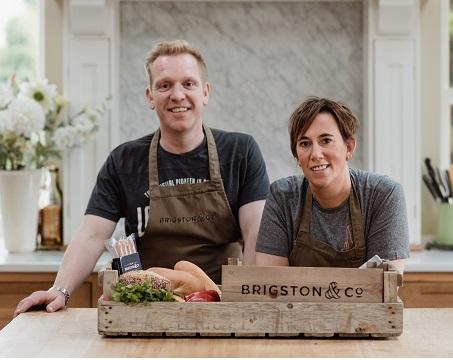










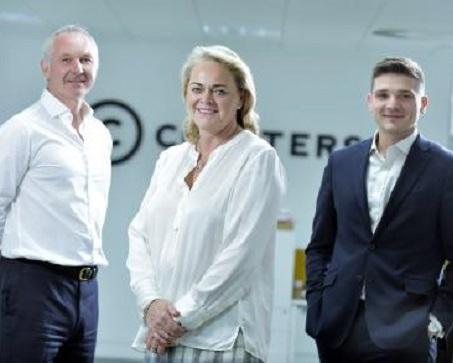

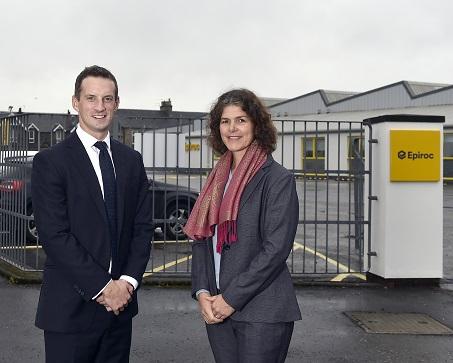
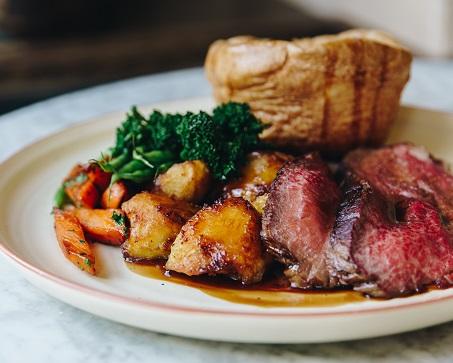
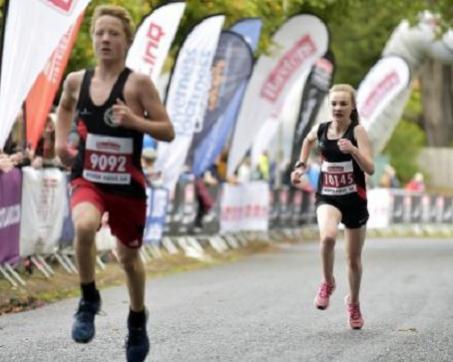
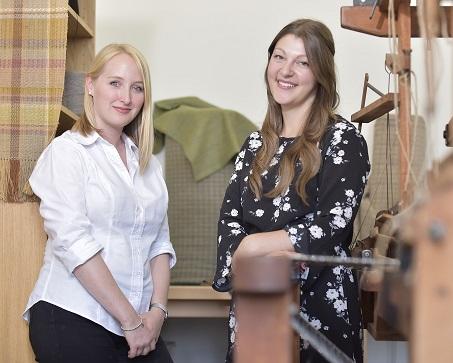




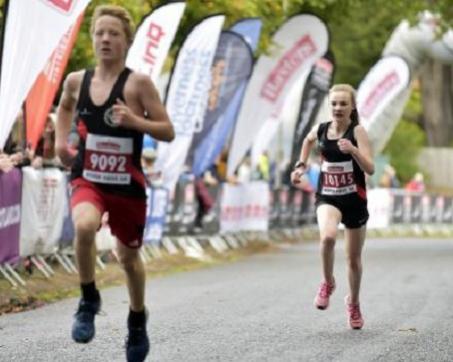
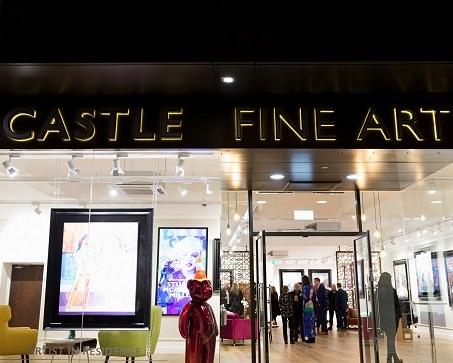
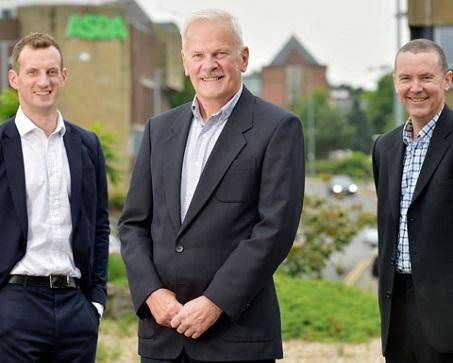



.jpg)
